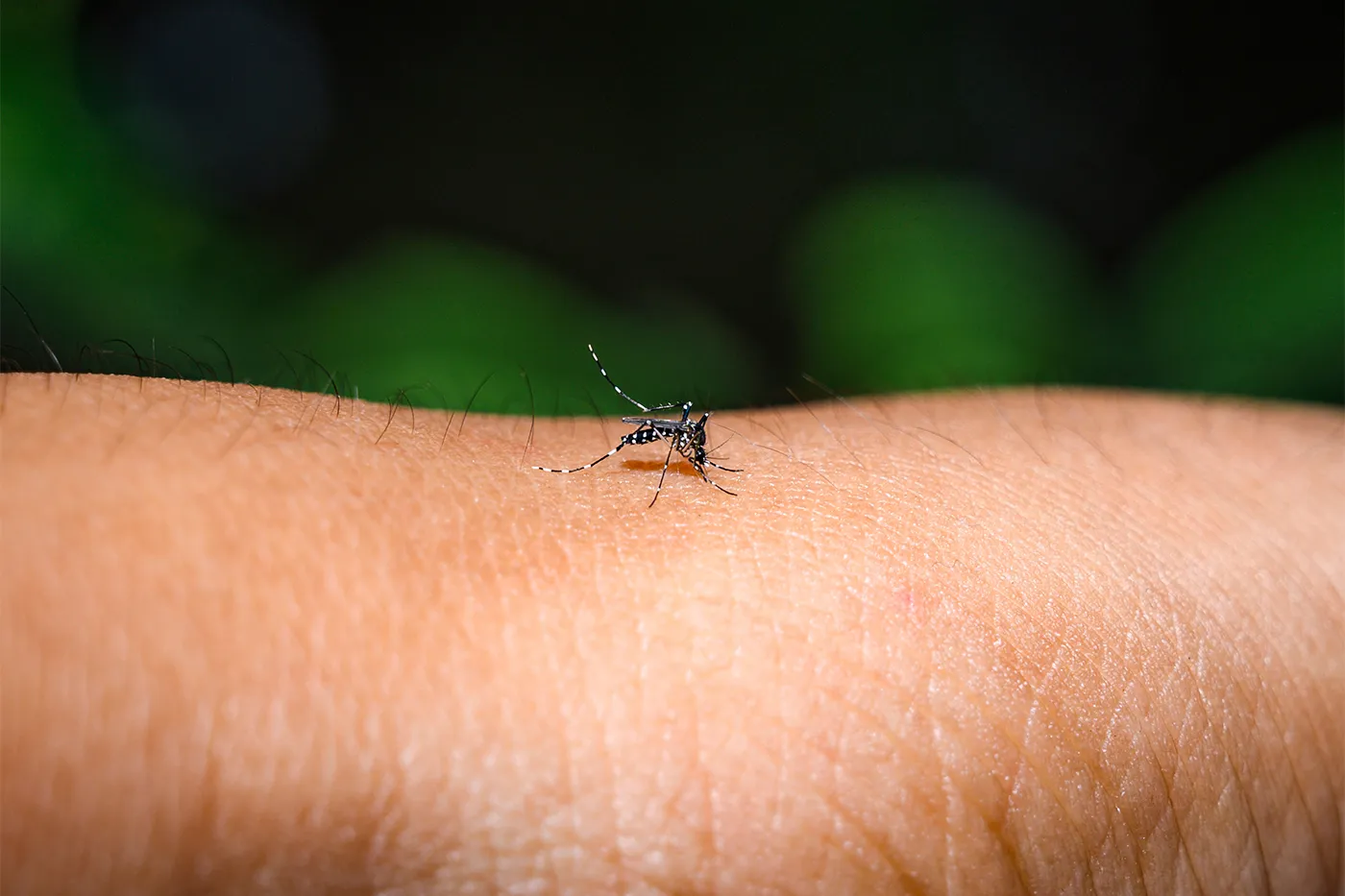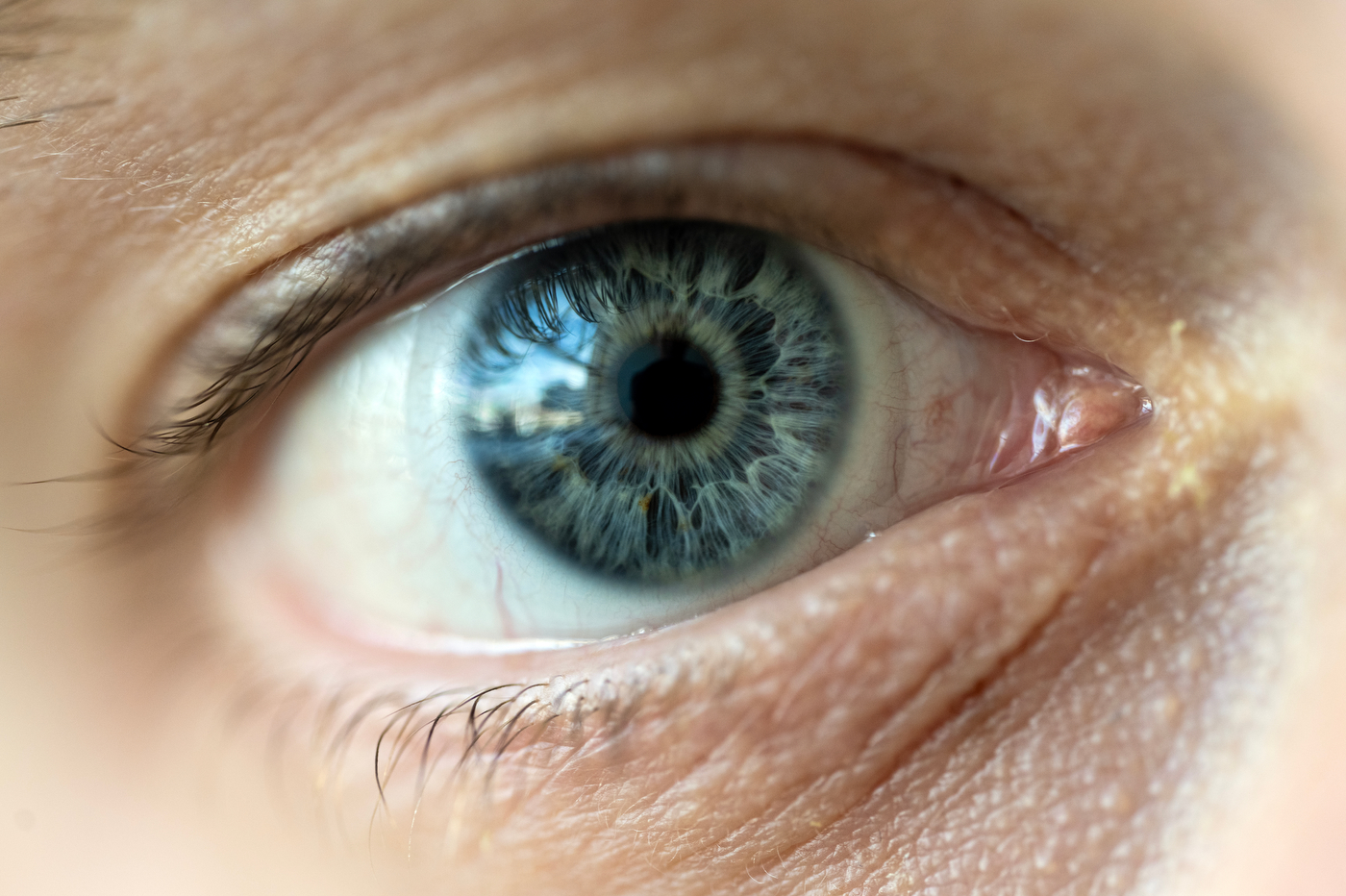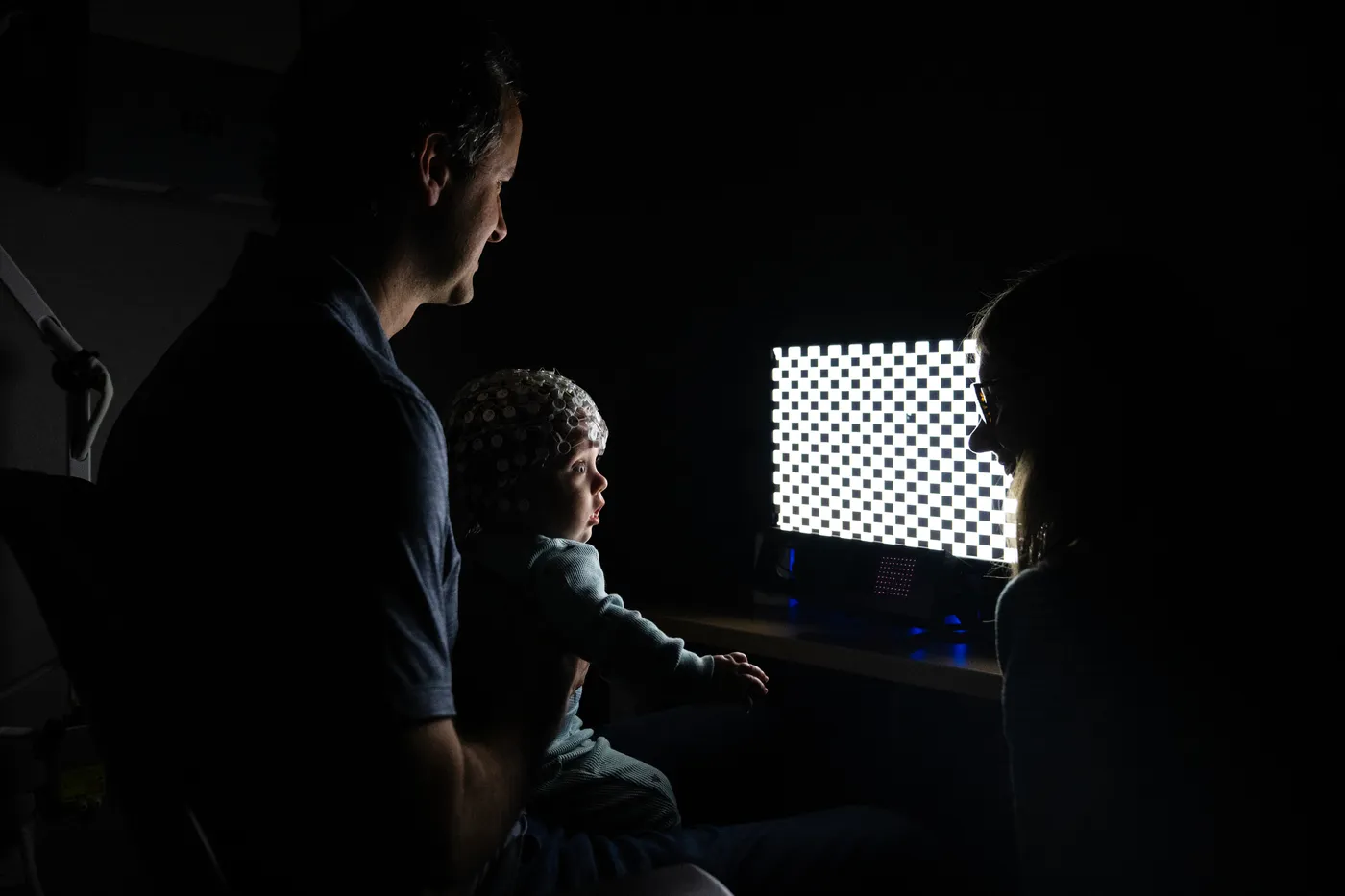Fatigue, muscles aches, brain fog—are these symptoms of chronic Lyme disease, or merely side effects of the daily grind of human existence? It’s hard to tell.
Chronic Lyme disease, also known as post-treatment Lyme disease syndrome or PTLDS, is incredibly hard to diagnose because symptoms vary greatly, and there is currently no biological test to detect the disease.
Now, Kim Lewis, University Distinguished Professor of biology and director of the Antimicrobial Discovery Center at Northeastern, has proposed a new way to objectively diagnose this elusive disease by analyzing the microbes in a patient’s gut.
Usually Lyme disease is cured with antibiotics before it develops into PTLDS. But for 10 to 20 percent of cases, patients continue to experience persistent fatigue and cognitive difficulties that linger for months or years.
“There are about 800,000 people in America living with PTLDS. That’s 800,000 people for whom treatment has failed,” says Lewis. “That’s completely unacceptable.”









